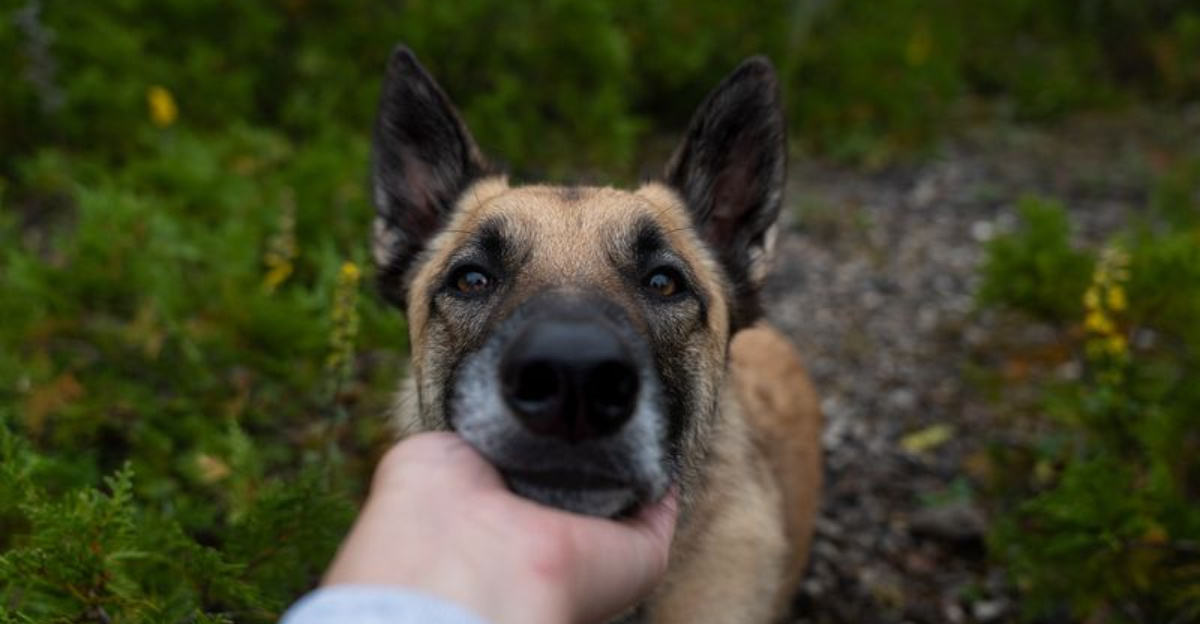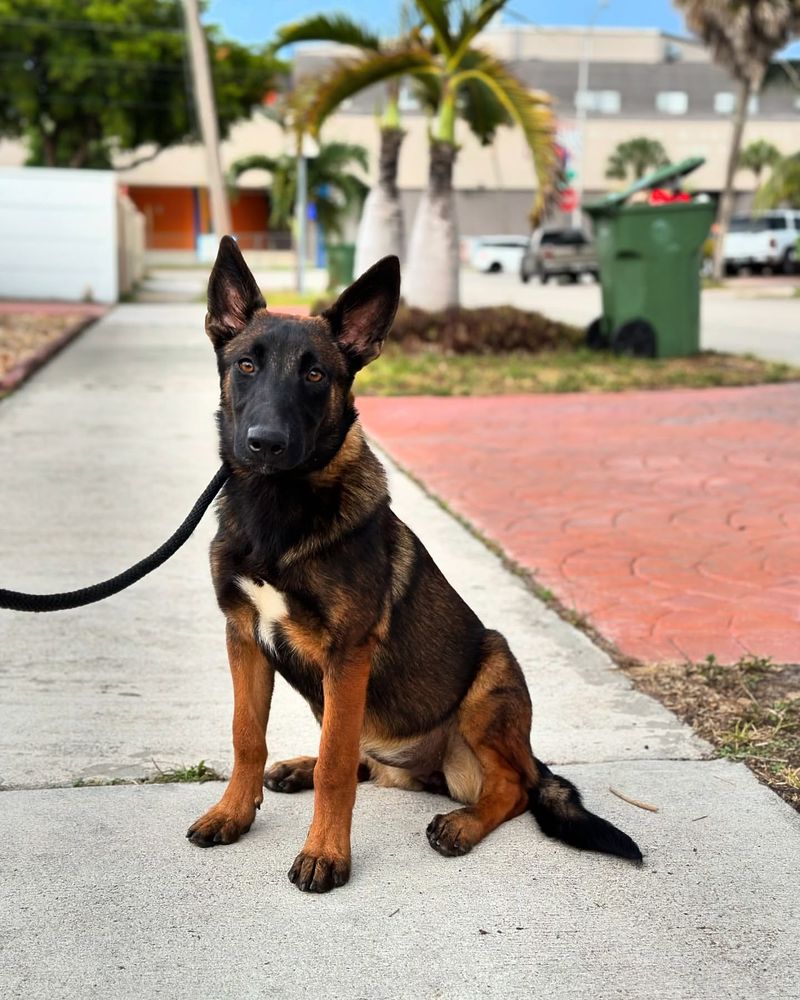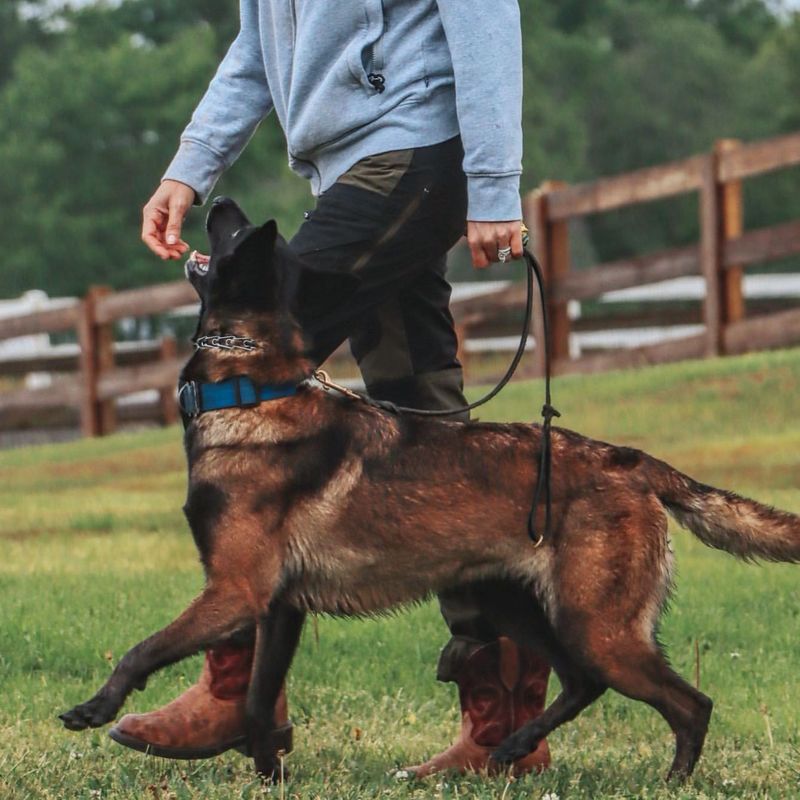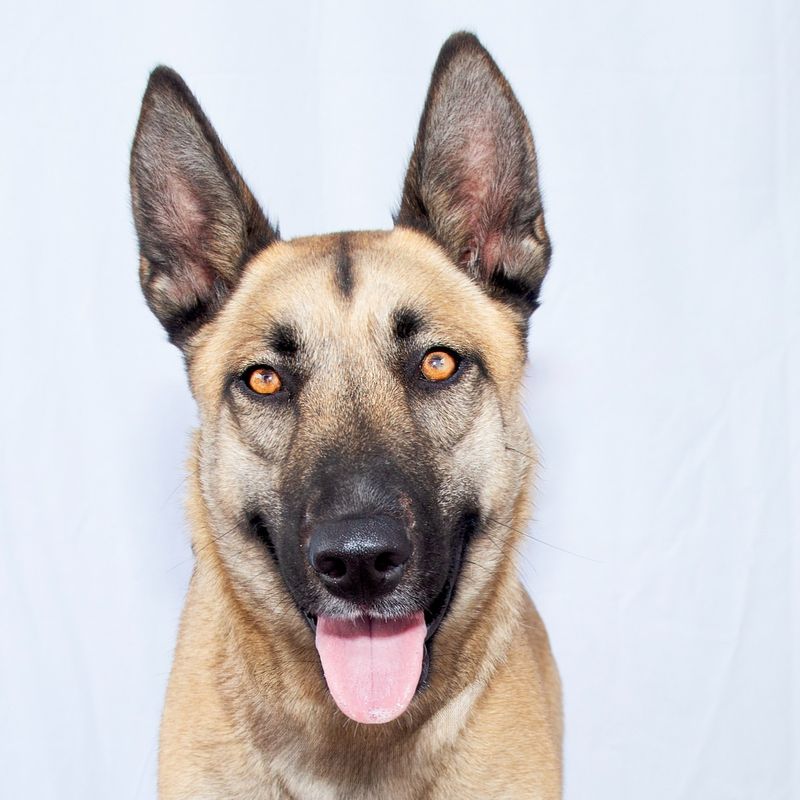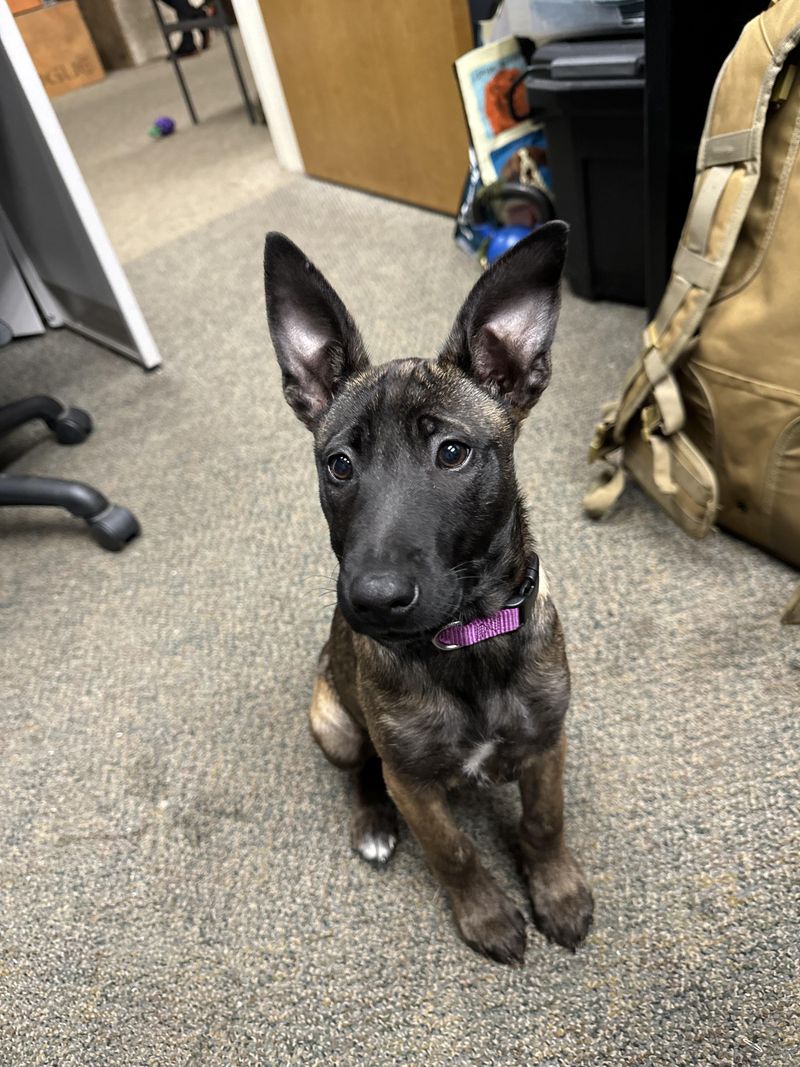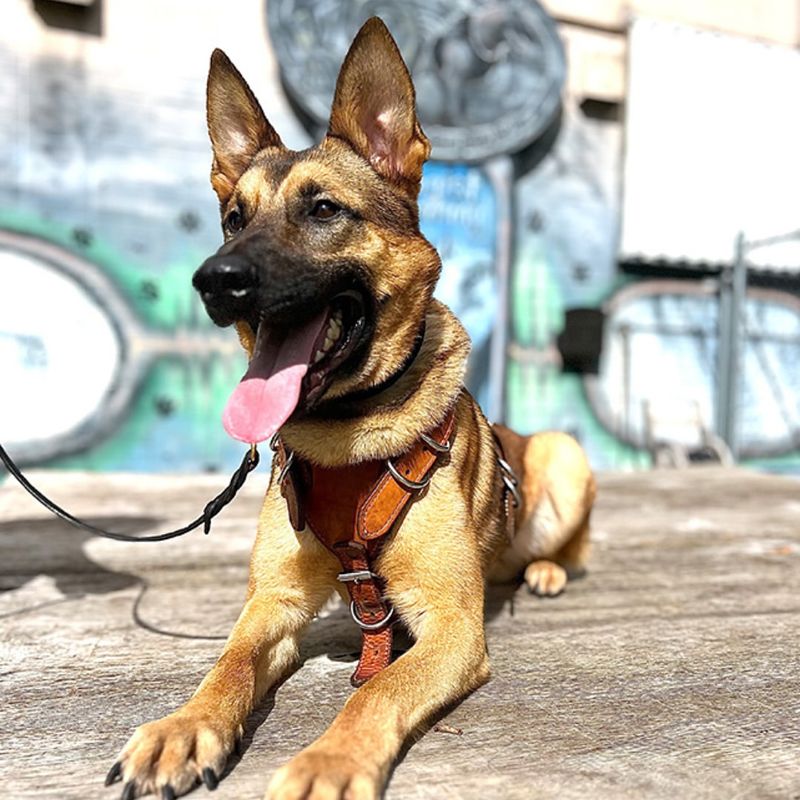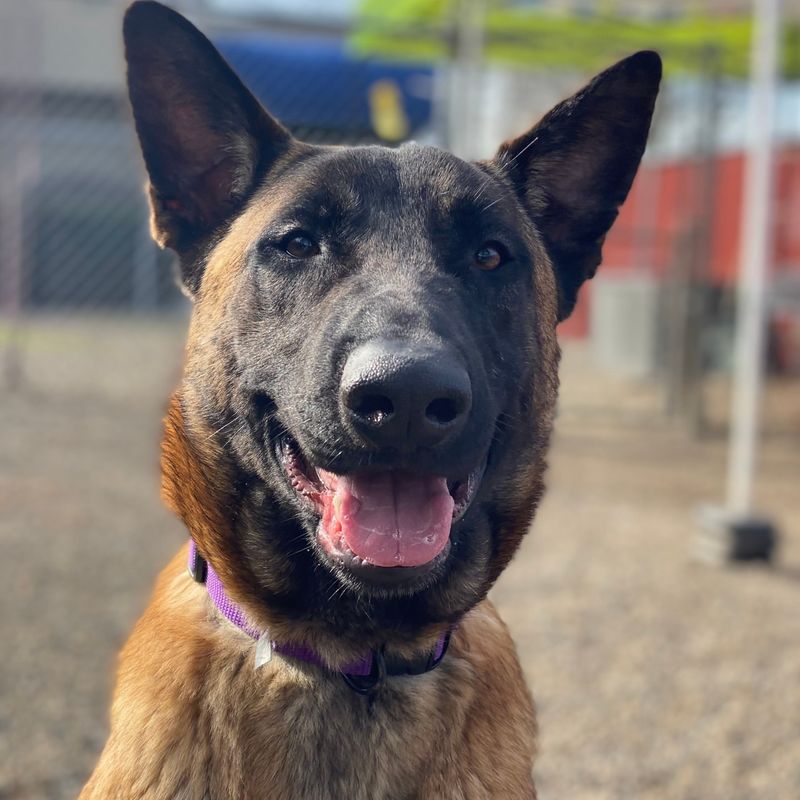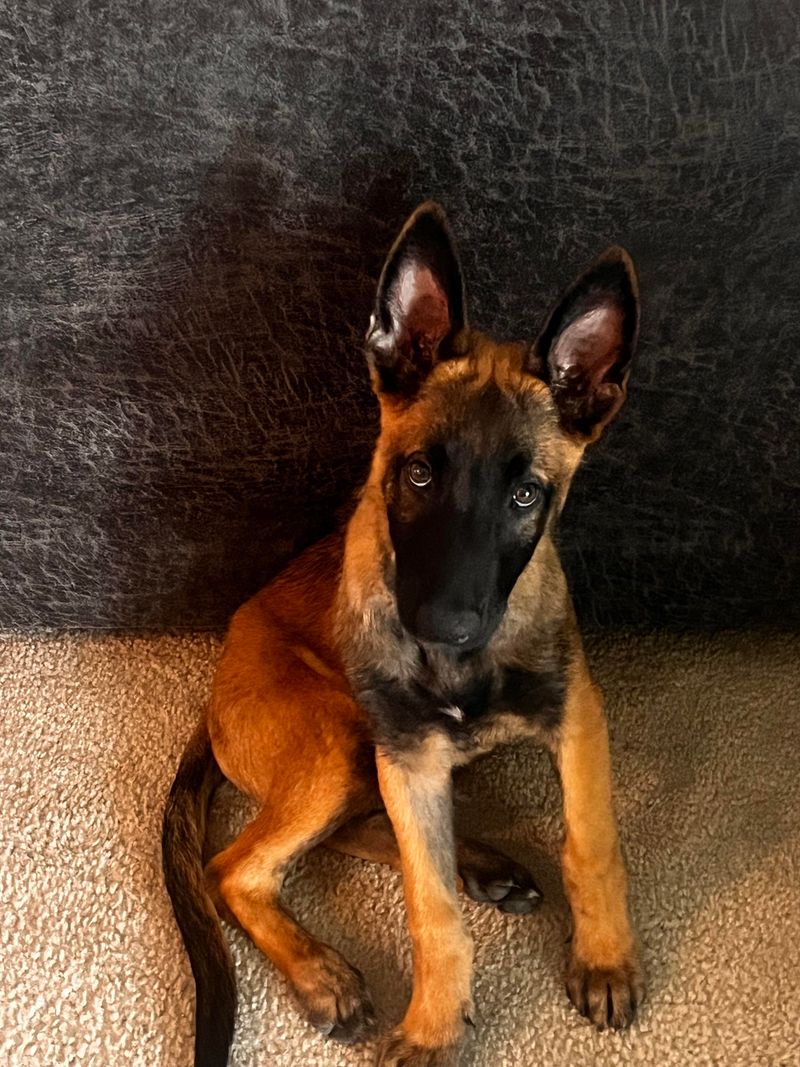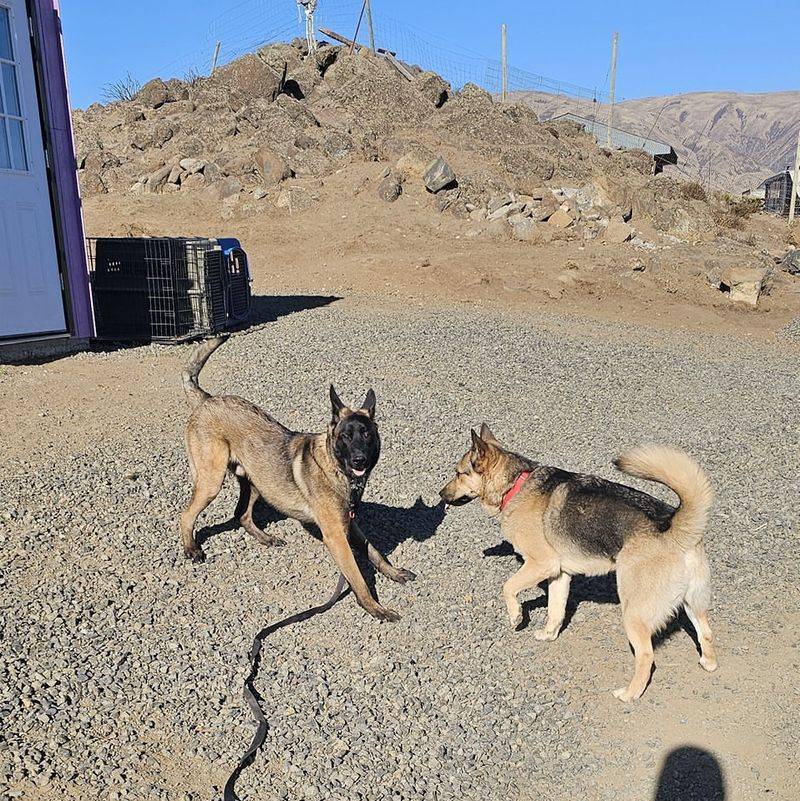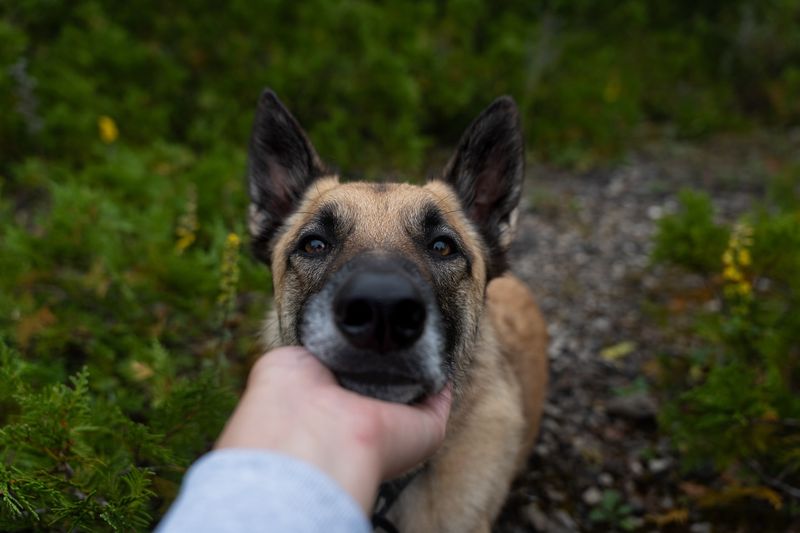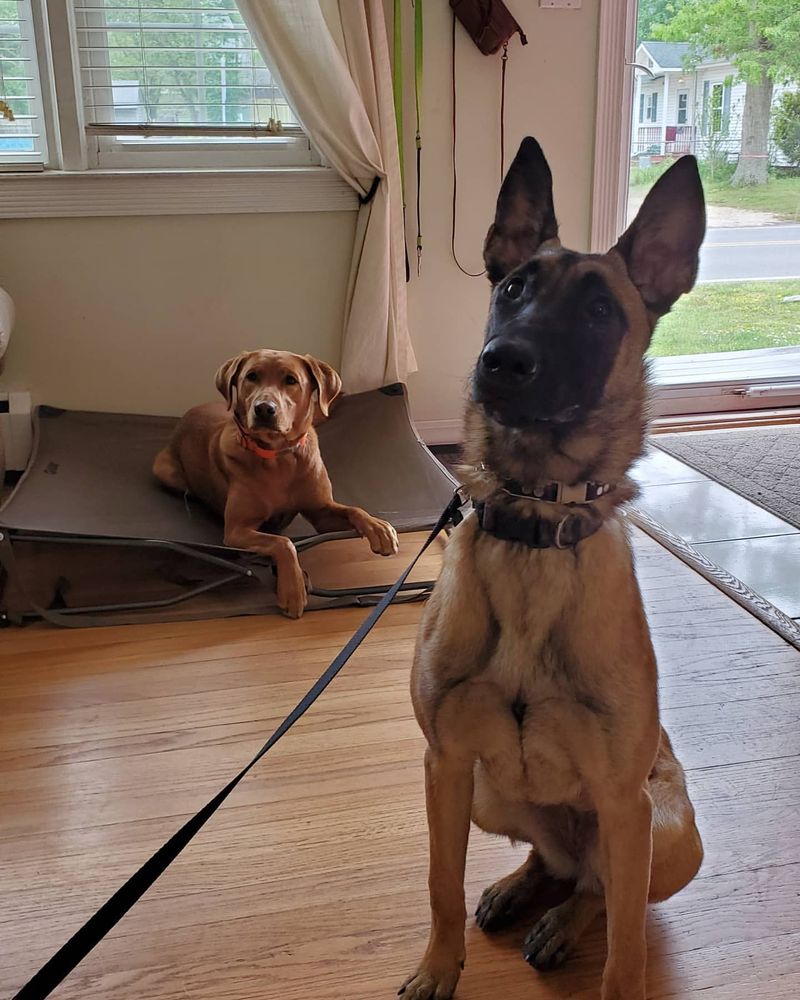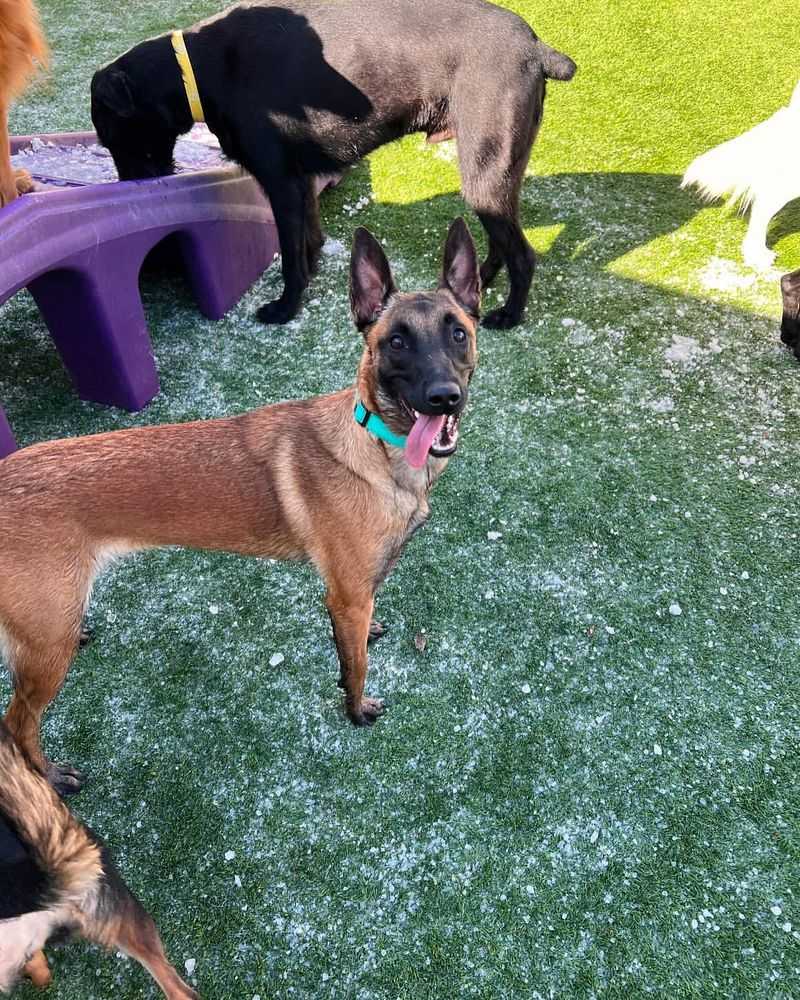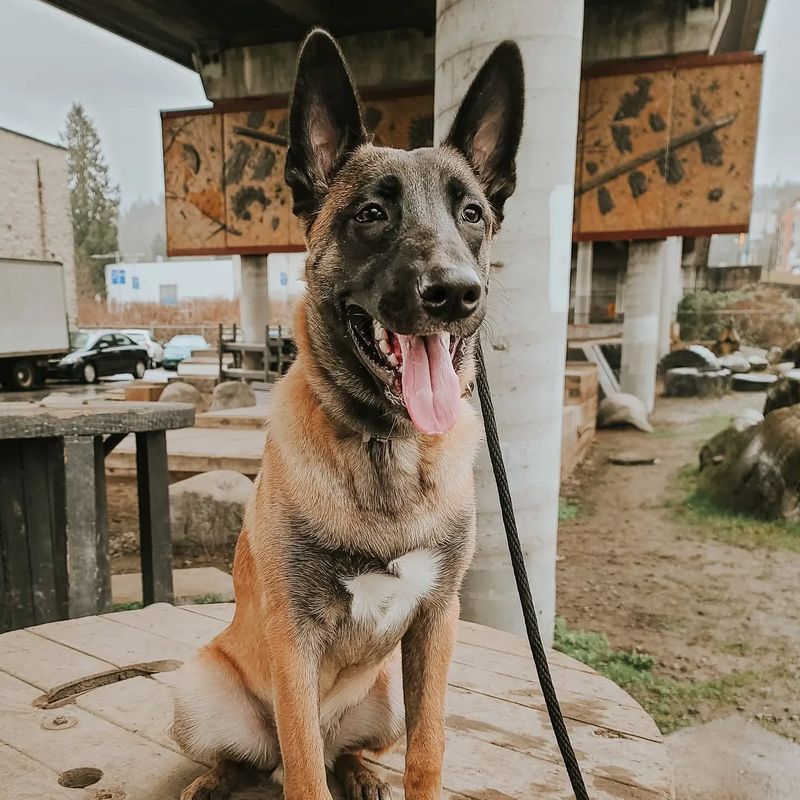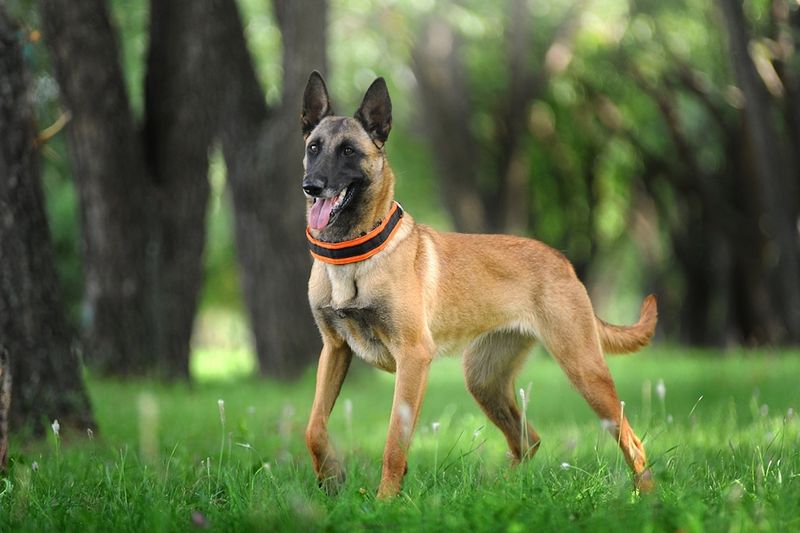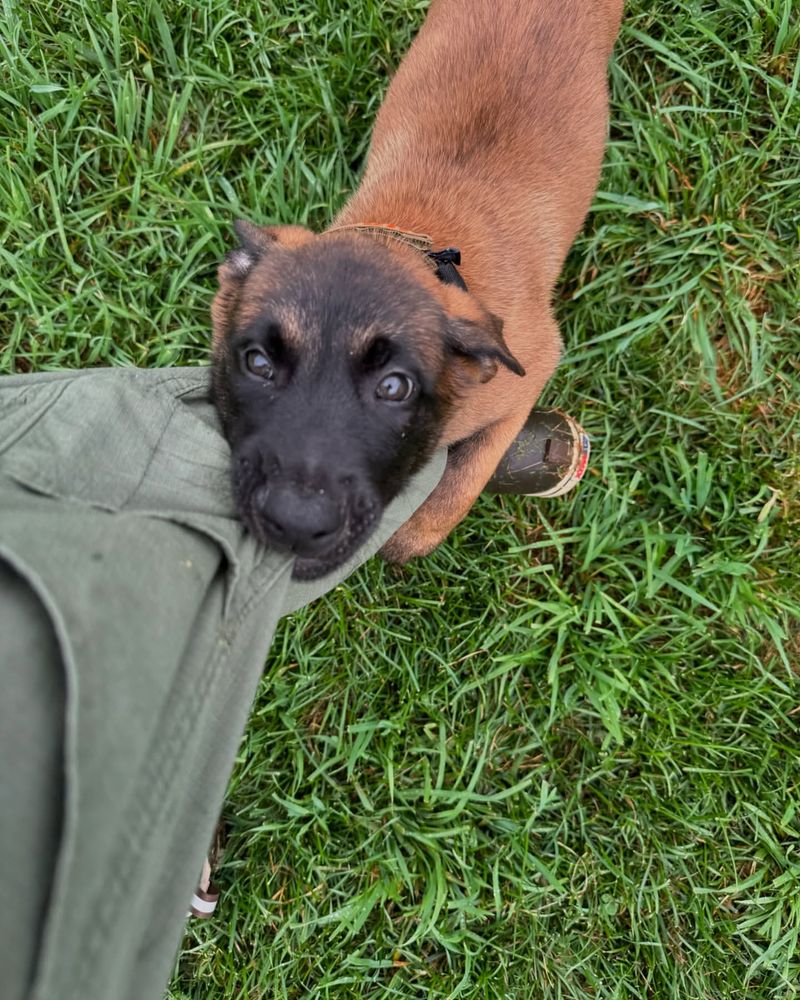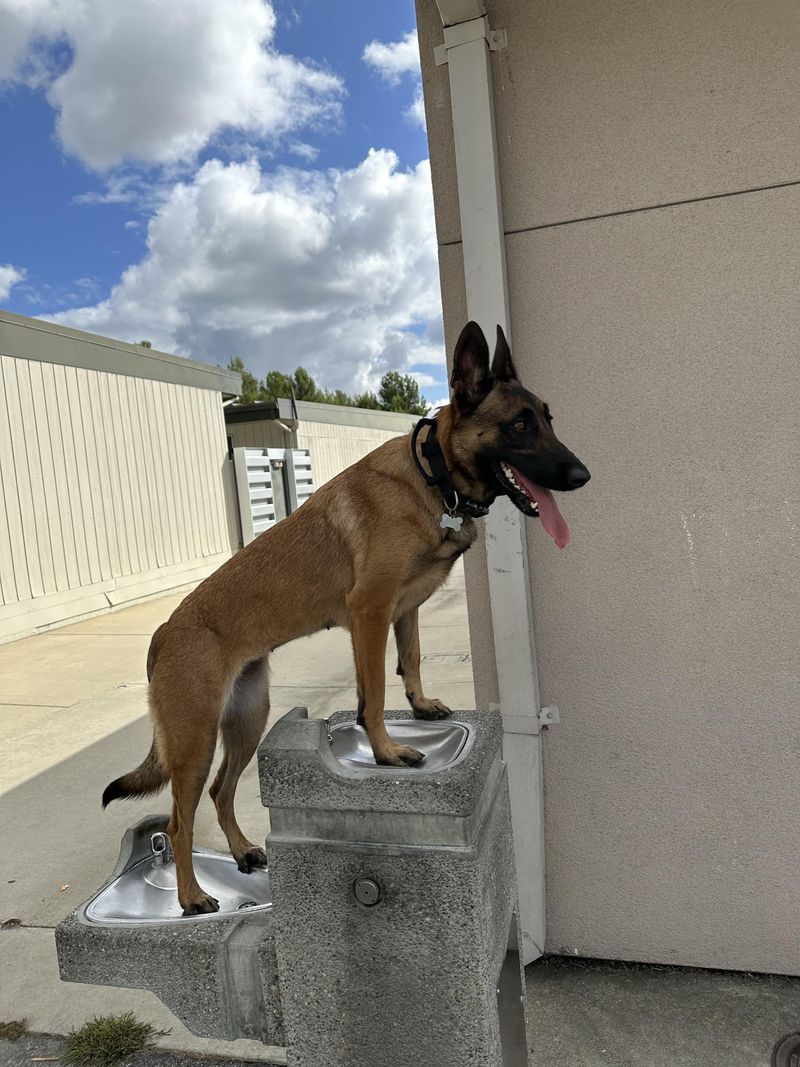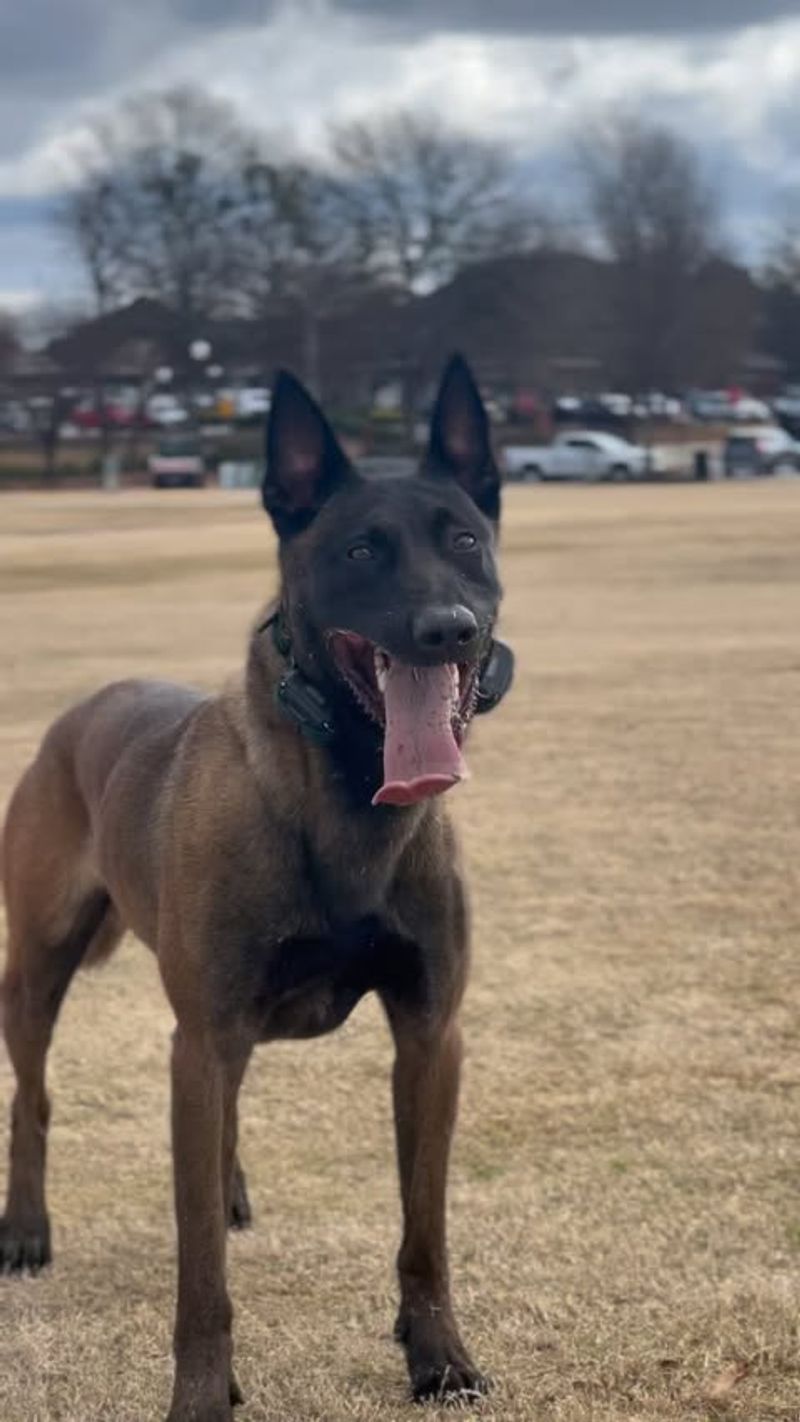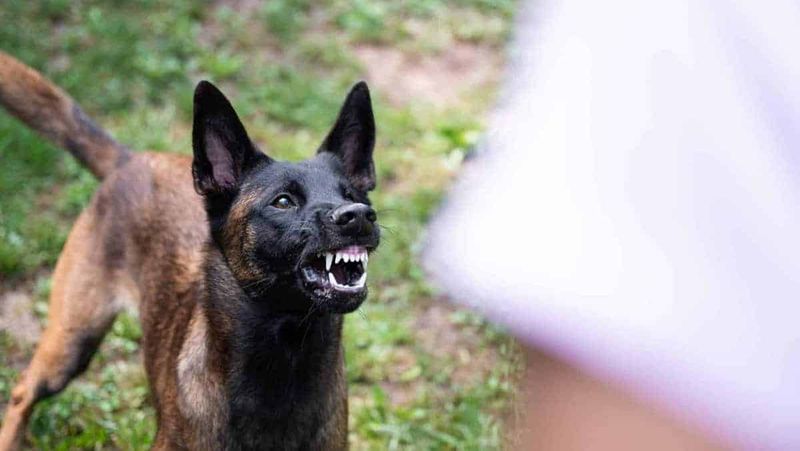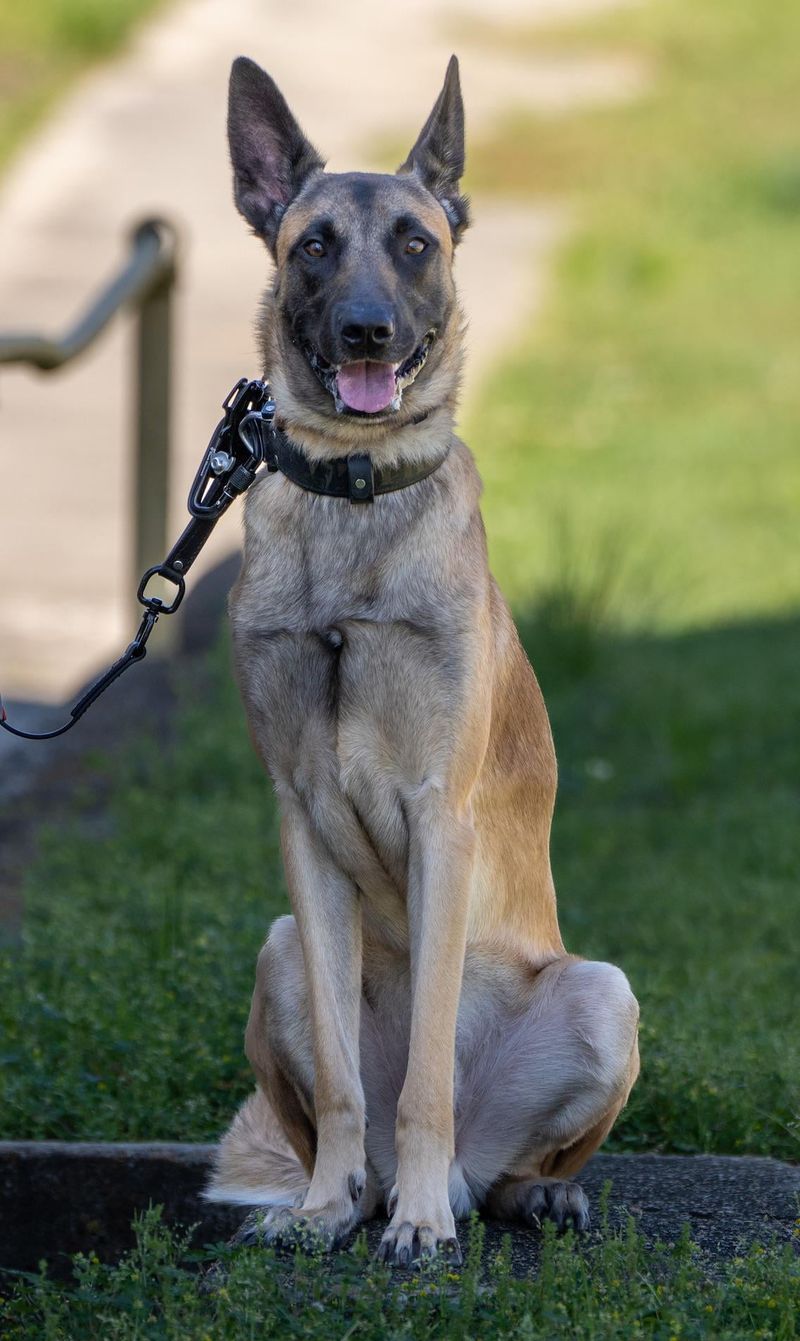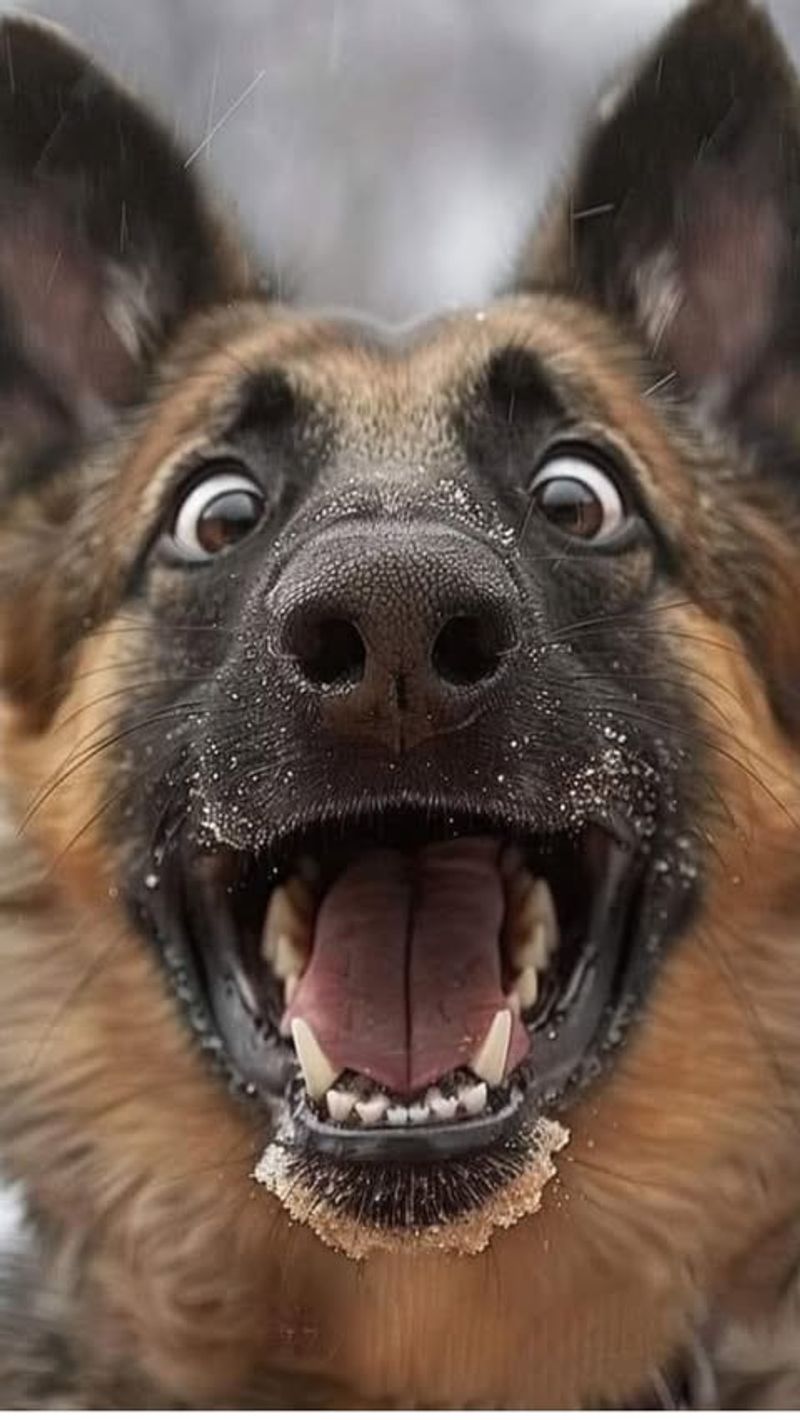Belgian Malinois are intelligent and active dogs often chosen for their working abilities, but their compatibility with other dogs is a topic of interest for many potential pet owners. Understanding their social behavior and how they interact with other dogs can help in making informed decisions about integrating them into multi-dog households. This blog post provides 19 key insights into the behavior of Belgian Malinois with other dogs, including their social tendencies, training needs, and ideal environments.
Socialization Skills
Belgian Malinois are known for their intelligence and eagerness to learn. They thrive in environments where socialization is prioritized. Regularly meeting other dogs in neutral spaces helps them develop essential social skills.
Structured playtimes and positive interactions with various breeds can ensure they grow into well-rounded adults. Owners should start this process early to promote comfort and confidence in diverse social settings.
While their energetic nature might initially seem overwhelming, consistent exposure will lead to harmonious interactions. Building a social foundation is crucial for Belgian Malinois to peacefully coexist with other dogs.
Training Needs
Training is crucial for Belgian Malinois, especially when it comes to interacting with other dogs. Their intelligence makes them highly trainable, but it also means they require constant mental stimulation.
Owners should consider regular training sessions to teach proper social behavior. Reinforcing commands like ‘sit’, ‘stay’, and ‘leave it’ can prevent unwanted confrontations.
Incorporating obedience classes can enhance their learning experience. A well-trained Belgian Malinois is more likely to have positive interactions with other dogs, making early and ongoing training a priority for owners.
Energy Levels
The high energy levels of Belgian Malinois make regular exercise a necessity. Sufficient physical activity is essential for managing their behavior around other dogs.
Engaging in activities like agility courses or long walks can help them release pent-up energy. This not only benefits their physical health but also their ability to socialize calmly.
Tired dogs are often more relaxed and less prone to aggression. Ensuring they have enough exercise each day can lead to more peaceful interactions with other dogs, making them easier to manage in multi-dog households.
Pack Mentality
Belgian Malinois have a natural pack mentality, which can influence their behavior with other dogs. They tend to form strong bonds with their family members, both human and canine.
This pack instinct can lead to protective behaviors, especially if they feel their pack is threatened. Introducing them to new dogs should be done carefully and gradually.
Understanding this instinct is crucial for owners who want their Belgian Malinois to coexist peacefully with other dogs. Encouraging positive pack behavior through controlled introductions and supervised interactions can foster harmonious relationships.
Protective Instincts
Known for their protective instincts, Belgian Malinois can be wary of unfamiliar dogs. This trait makes them excellent guard dogs but requires careful management in multi-dog settings.
Proper introduction techniques and controlled environments can help in reducing unnecessary aggression. It’s essential for owners to recognize signs of overprotection and intervene appropriately.
By reassuring them and creating positive experiences with other dogs, owners can mitigate excessive protectiveness. Training that focuses on reinforcing calm behavior can further aid in managing their natural instincts.
Playful Nature
Belgian Malinois have a playful nature that can be channeled into positive interactions with other dogs. They enjoy games and activities that engage both their minds and bodies.
Supervised play sessions with well-matched playmates can foster friendships and reduce territorial behavior. It’s crucial to monitor their play to ensure it remains friendly and fun.
Providing toys and games that encourage cooperative play can help them interact positively with other dogs. This playful demeanor, when nurtured, can lead to enjoyable and harmonious relationships.
Territorial Behavior
Territorial behavior in Belgian Malinois can sometimes lead to challenges in multi-dog households. They might perceive new dogs as intruders, especially in their home environment.
To address this, owners should gradually introduce new dogs and allow time for adjustment. Providing separate spaces initially can ease tension and allow for smoother integration.
Using positive reinforcement to reward calm behavior can help manage territorial tendencies. Understanding and respecting their need for a defined territory is key to fostering peaceful coexistence with other dogs.
Compatibility with Other Breeds
Belgian Malinois can get along with various breeds, but compatibility often depends on individual personalities. They may thrive with dogs that match their energy levels and play styles.
Introducing them to breeds known for their sociable nature, such as Labradors or Golden Retrievers, can be beneficial. Observing interactions and adjusting as needed ensures compatibility.
Understanding breed characteristics can guide owners in fostering harmonious multi-breed households. Compatibility with other breeds is achievable with patience and careful management, promoting a peaceful living environment.
Sensitivity to Environment
Belgian Malinois are sensitive to their environment, which can affect their behavior with other dogs. A calm, stable environment often leads to better interactions.
Sudden changes or chaotic surroundings can stress them, potentially leading to aggression. Owners should create consistent routines and environments to foster comfort and security.
Introducing new dogs in familiar settings can help ease transitions. Sensitivity to environmental factors should be considered when planning interactions with other dogs, as stability contributes to positive behavioral outcomes.
Leadership and Control
Establishing leadership and control is vital for Belgian Malinois owners, especially in multi-dog situations. These dogs respond well to confident and consistent handling.
Clear rules and boundaries help them understand their role within the pack, reducing confusion and potential conflicts. Owners should assert themselves as leaders through firm yet positive methods.
Utilizing structured routines and calm assertiveness ensures Belgian Malinois respect their handlers and coexist peacefully with other dogs. Leadership and control are fundamental in managing their interactions.
Adaptability to Different Dog Sizes
Belgian Malinois can adapt to interactions with dogs of various sizes, but it requires careful management. Their strong build and energy may seem intimidating to smaller dogs.
Introducing them slowly and under supervision can help ensure positive interactions. Owners should teach them to respect smaller dogs’ boundaries while allowing for natural curiosity.
Positive reinforcement when interacting gently with smaller dogs can encourage harmonious relationships. Understanding their adaptability can help owners nurture positive interactions across diverse dog sizes.
Separation Anxiety
Belgian Malinois are known to develop strong bonds with their family, which can sometimes lead to separation anxiety. This condition may affect their behavior with other dogs.
Addressing separation anxiety through gradual desensitization techniques can prevent negative behaviors. Providing them with engaging toys and activities during alone time can also help.
Having another dog in the household can be beneficial, offering companionship and reducing anxiety levels. Managing separation anxiety is essential for maintaining balanced behavior with other dogs.
Age-Related Interactions
Age can influence how Belgian Malinois interact with other dogs. Puppies are generally more playful and open to new experiences, while older dogs may prefer calm interactions.
Owners should consider age dynamics when introducing Belgian Malinois to other dogs. Adjusting play intensity and respecting older dogs’ boundaries fosters harmony.
Providing age-appropriate activities ensures all dogs are comfortable and engaged. Addressing age-related needs and preferences can lead to successful and peaceful interactions among dogs of different ages.
Communication Signals
Understanding communication signals is crucial when observing Belgian Malinois interacting with other dogs. These signals include body posture, ear placement, and tail movement.
Owners should learn to recognize signs of stress or aggression to intervene promptly. Encouraging calm behavior through positive reinforcement can reduce misunderstandings.
Teaching Belgian Malinois to respond appropriately to other dogs’ signals fosters better interactions. Awareness of canine communication enhances their ability to socialize, promoting peaceful encounters.
Diet and Nutrition’s Impact
Diet and nutrition can significantly impact a Belgian Malinois’s behavior with other dogs. A balanced diet ensures they have the energy and focus needed for positive interactions.
Poor nutrition can lead to irritability and reduced patience, affecting socialization. Consulting a veterinarian for dietary recommendations can promote optimal health and behavior.
Providing high-quality food supports their physical and mental well-being, contributing to harmonious relationships with other dogs. Nutrition plays a vital role in managing their overall behavior and social skills.
Focus and Attention
Focus and attention are key to managing Belgian Malinois interactions with other dogs. These dogs excel in tasks requiring concentration, but distractions can lead to challenges.
Training that emphasizes focus, such as advanced obedience or agility exercises, can improve their attention span. Reducing distractions during social interactions fosters better behavior.
Building focus through regular training sessions helps them remain calm and attentive in various situations. Mastering focus and attention aids in achieving positive dog-to-dog interactions.
Health Considerations
Health considerations are important when assessing a Belgian Malinois’s interactions with other dogs. Regular veterinary check-ups ensure they are in optimal health, reducing behavioral issues.
Health problems, such as pain or discomfort, can lead to aggression or withdrawal. Addressing these concerns promptly is crucial for maintaining positive social behavior.
Ensuring they are healthy and comfortable supports their ability to engage peacefully with other dogs. Prioritizing health is a fundamental aspect of ensuring harmonious interactions.
Living Arrangements
Living arrangements can influence how Belgian Malinois interact with other dogs. Providing ample space reduces stress and territorial behavior.
A well-structured environment with designated areas for each dog can promote peaceful coexistence. Owners should consider their dogs’ individual needs when designing living spaces.
Creating a comfortable and organized home environment supports positive interactions. Thoughtful living arrangements contribute to harmonious relationships between Belgian Malinois and other household dogs.
Emotional Intelligence
Belgian Malinois exhibit a high level of emotional intelligence, affecting their interactions with other dogs. They can sense emotions and respond accordingly, promoting harmony.
Encouraging their empathetic nature through positive reinforcement can enhance social skills. Understanding their emotions helps owners guide them in complex social situations.
Emotional intelligence allows them to adapt to different canine personalities, fostering peaceful interactions. Recognizing and nurturing this trait can lead to more successful and enjoyable relationships with other dogs.
